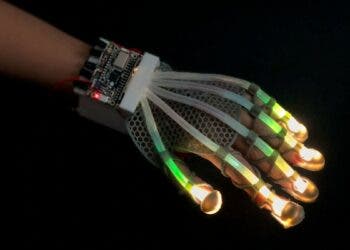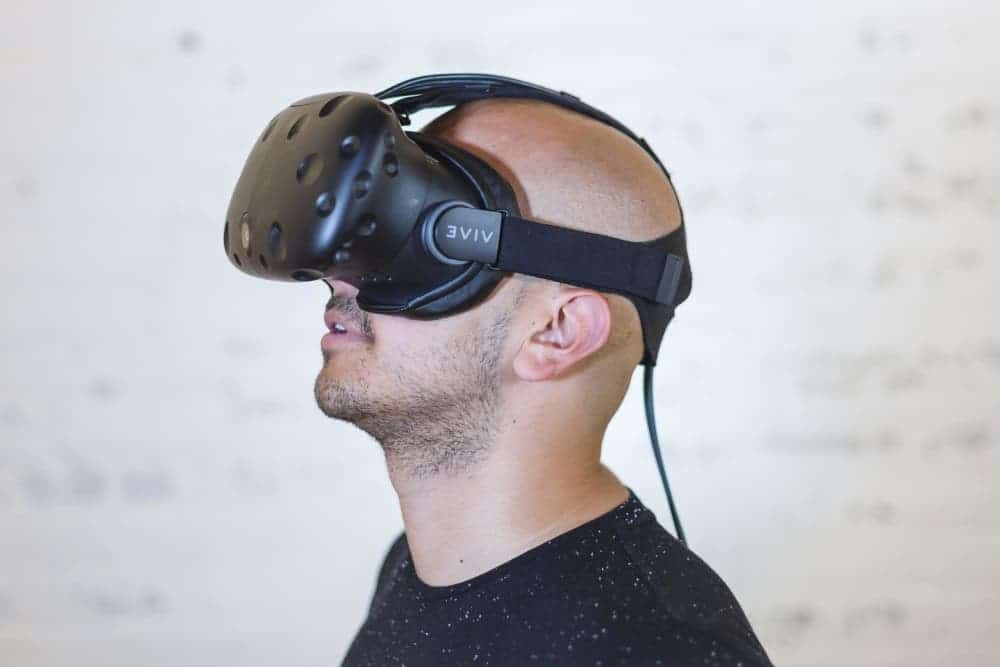
Virtual reality (VR) allows users to immerse themselves in a completely new visual environment, but the experience isn’t complete. Emulating reality would require also stimulating the other senses, like smell, taste, and touch. While smell and taste aren’t that important in this context, stimulating touch in VR could make the experience a whole lot more appealing. With this in mind, several companies are already working to bring haptic feedback for VR to the market, but Dexmo‘s exoskeleton glove seems one of the most promising.
Users wearing the glove can touch, grasp and feel the texture of various objects. Squeezing a rubber duckling in a VR environment, for instance, feels almost like the real deal, the company claims.
“The maximum level of feedback current VR controllers give is a gentle rumble using vibration motors,” said Aler Gu, the company’s co-founder, for MIT’s Techreview. “But vibration alone isn’t enough to fool the brain. The moment you detect anomalies in how objects feel, your sense of immersion is broken.”
The small team of engineers made their glove by assembling five custom-built force-feedback units, one for each finger. These motors alter the torque to simulate the stiffness of various objects; little resistance for soft objects like sponges and more resistance for stiff objects like wooden beams. All while providing 11 degrees of freedom for the hand’s motion. In fact, in some cases, the glove’s resistance can be so great that it’s physically impossible to penetrate through objects in the VR environment.
I know a lot of gamers are excited by the prospect of using Dexmo’s glove, but the potential applications are more versatile. Engineers could make good use of it in computer-aided design (CAD) and medical personnel might profit by using the glove in a VR setting for training.
The glove runs on battery and can be operated wirelessly. There’s no word on the pricing yet, but Gu said it will be something “eventually everybody should be able to afford.”






